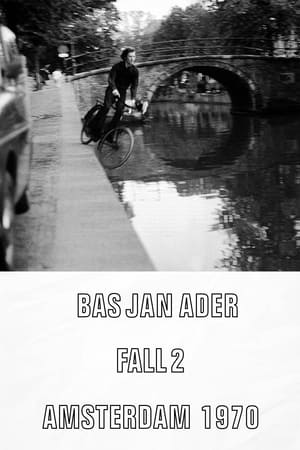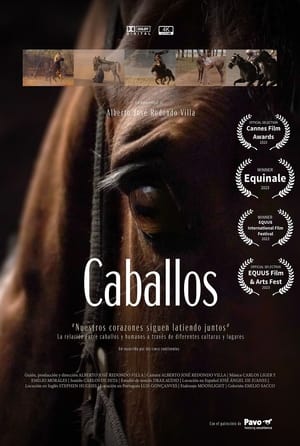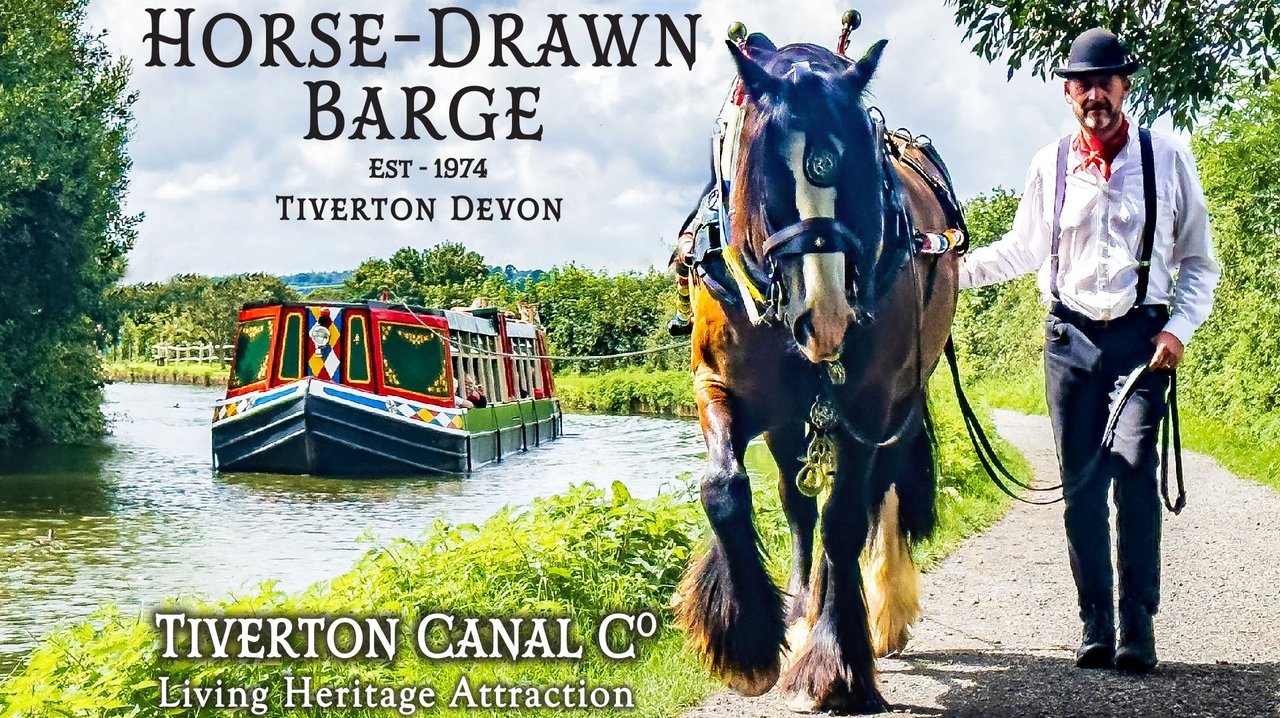
Tiverton Canal Co. 50th Anniversary(2024)
A short documentary comemmorating 50 years of the Tiverton Canal Co. operating on the Grand Western Canal in Tiverton, Devon.
Movie: Tiverton Canal Co. 50th Anniversary
Top 4 Billed Cast
Self
Self
Self
Self
Similar Movies
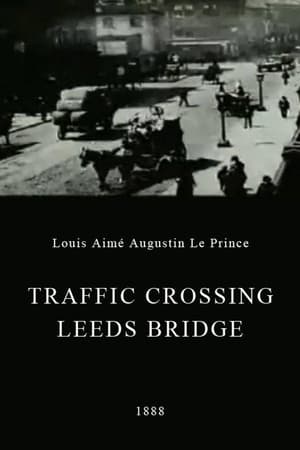 5.9
5.9Traffic Crossing Leeds Bridge(xx)
A film by Louis Aimé Augustin Le Prince, shot in late October 1888, showing pedestrians and carriages crossing Leeds Bridge.
Von Schlagrahmdampfern und anderen verlorenen Dingen(de)
Not everyone who nowadays drives on the A73 between Nuremberg and Bamberg knows that they are travelling on a former waterway. Still half a century ago, the old Ludwig-Main-Danube-Canal (in short: Ludwig-Canal) was located here, which represented the last puzzle piece to a navigable connection between the oceans. Build within a remarkable ten years’ time of construction, the canal, which was opened in 1846, was the realization of a small dream of humanity as it finally connected the North Sea with the Black Sea. Unfortunately, the idea could not support itself financially: Too powerful were the railroads, which saw its rise simultaneously, and which soon undermined the ambitious canal project’s future as they were in every regard the faster, more comfortable, and better means of transportation of the hour.
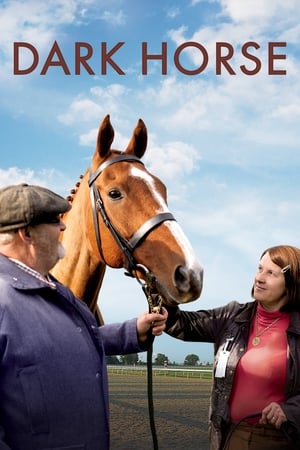 5.4
5.4Dark Horse(en)
The larger than life true story of how a barmaid in a poor Welsh mining village convinces some of her fellow residents to pool their resources to compete in the "sport of kings" with a racehorse they would breed and raise.
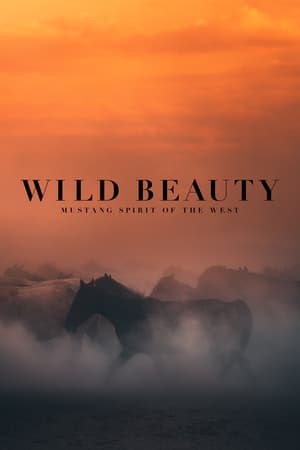 6.0
6.0Wild Beauty: Mustang Spirit of the West(en)
An immersive journey into the world of wild horses, Wild Beauty illuminates both the profound beauty, and desperate plight faced by the wild horses in the Western United States. Filmmaker Ashley Avis and crew go on a multi-year expedition to uncover the truth in hopes to protect them, before wild horses disappear forever.
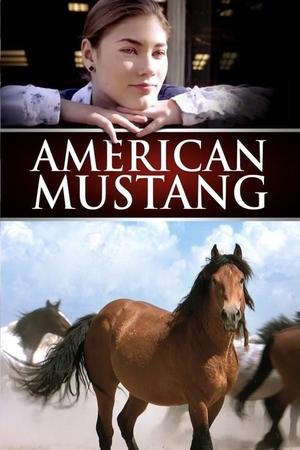 5.5
5.5American Mustang(en)
Fueled by stunning footage, this stirring documentary considers wild horses' role in the American psyche and their dwindling numbers in today's West. In an artful blend of exquisite nature documentary and character-driven narrative, the majestic wild horses of the American West are revealed in stereoscopic 3D as never before. The wonder in a girl’s eye pulls us into the drama that unfolds on hundreds of millions of acres of public land. The battle lines have long been carved into the landscape, and the players are deeply entrenched. Yet as the subtle choreography that has evolved over thousands of years begins, we are captivated. The intricate dance between a man and a wild horse presents lessons for us all, even the battle-hardened special interest groups fighting for the place of the AMERICAN MUSTANG.
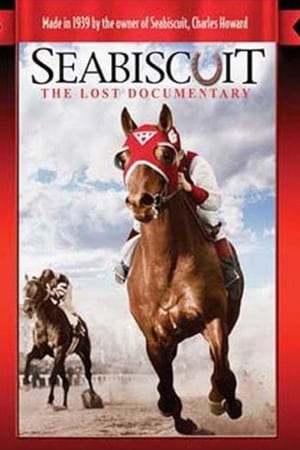 0.0
0.0Seabiscuit: The Lost Documentary(en)
Made in 1939 by Seabiscuit's owner Charles Howard. This inspirational film chronicles Seabiscuit's life from birth, through training, and the legendary match race with War Admiral.
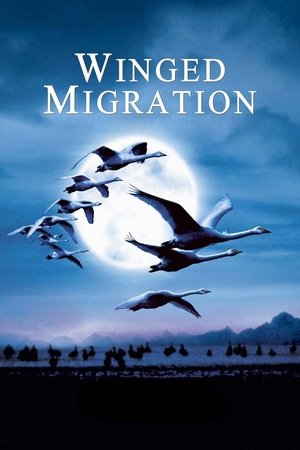 7.6
7.6Winged Migration(fr)
This documentary follows various migratory bird species on their long journeys from their summer homes to the equator and back, covering thousands of miles and navigating by the stars. These arduous treks are crucial for survival, seeking hospitable climates and food sources. Birds face numerous challenges, including crossing oceans and evading predators, illness, and injury. Although migrations are undertaken as a community, birds disperse into family units once they reach their destinations, and every continent is affected by these migrations, hosting migratory bird species at least part of the year.
 6.8
6.8The Two Horses of Genghis Khan(de)
An old, broken morin khurr (horse head fiddle) compels renowned Mongolian singer Urna Chahar Tugchi to take a road journey to Ulan Bator and the steppes of Mongolia.
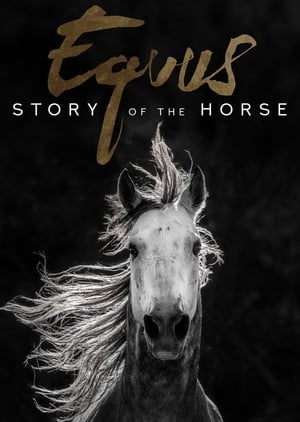 8.0
8.0Equus: Story of the Horse(fr)
While the earliest works of art of mankind depicted horses, the early history of the two species remains largely unknown. From the last nomadic peoples of the Altai Mountains to the Bedouins of the Arabian Peninsula and the Blackfoot Indians, Canadian anthropologist and filmmaker Niobe Thompson traveled the world for two years. He went to meet these communities who live in osmosis with their horses, and tried to understand the history and the nature of the very special bond between man and animal. At the same time, the work of German evolutionary biologist Martin Fischer allows, thanks to a 3D animation, to bring back to life the ancestor of the horse, whose appearance is surprisingly reminiscent of a small fox.
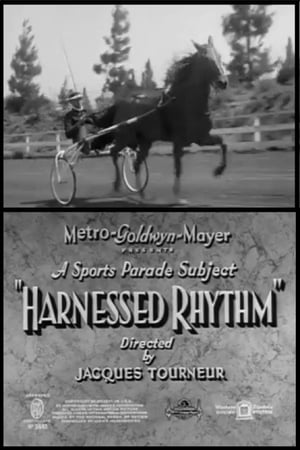 4.0
4.0Harnessed Rhythm(en)
This Sports Parade series entry follows the life of Dixie Dan, a harness racehorse, from birth through age three.
De caballos y guitarras(es)
A musical, and also a reflection on watching, on trying to escape an anthropocentric gaze and also on watching itself in cinema. Featuring mares and horses: Triana, Víctor K, Bambi Sailor, San Special Solano, Buck Red Skin, Onkaia, Cool Boy, the donkey Agostino, the mule Guapa. And also Alfredo Lagos, Raül Refree, María Marín, Pepe Habichuela, Virgina García del Pino, María García Ruiz, Pilar Monsell, María Pérez Sanz.
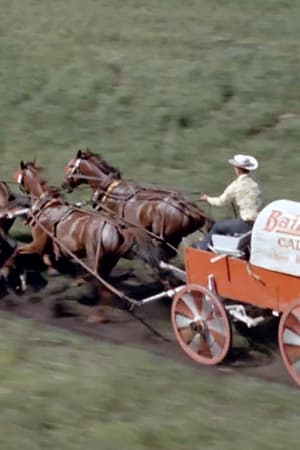 0.0
0.0Chuckwagon(en)
Focusing on the sport of chuckwagon racing at the Calgary Stampede, captured through a mix of aerial, POV, and ringside footage, the film is ahead of its time in the way it captures adrenaline-pumping action. This short documentary offers a ringside view of the chuckwagon race, star attraction of the world-famous Calgary Stampede. Once ponderous Percheron and Clydesdale draught thundered around the course. Now they are racers, and it takes a firm hand to guide such horsepower.
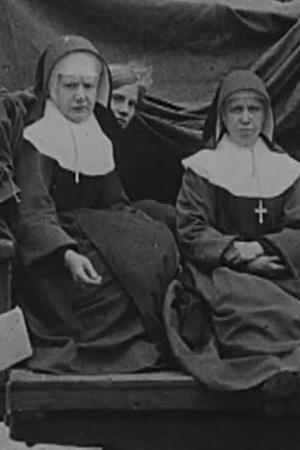 0.0
0.0So Clever Are German Spies(en)
A horse and cart carrying two nuns is stopped by two men with fixed bayonets.
 0.0
0.0Seabiscuit - America's Legendary Racehorse(en)
Seabiscuit is a racehorse that has gone down as a legend in American history. Horse racing was an extremely popular sport around the time of America's Great Depression, used as an escapist form of entertainment for out-of-work laborers. This comprehensive overview of Seabiscuit's career includes many of the races for which he was most famous, as well as commentary from a number of racing enthusiasts.
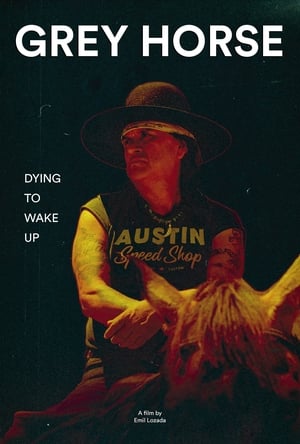 0.0
0.0Grey Horse(en)
Samuel Grey Horse, an Indigenous equestrian from Austin, Texas, is known for rescuing horses from being put down. After a riding accident lands him in a coma, Grey Horse experiences an afterlife vision that changes his perspective on the world and his place in it.
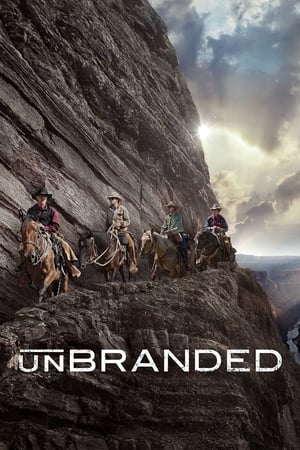 6.8
6.8Unbranded(en)
Documentary about four friends on a 3,000 mile journey across the American West on horseback.







